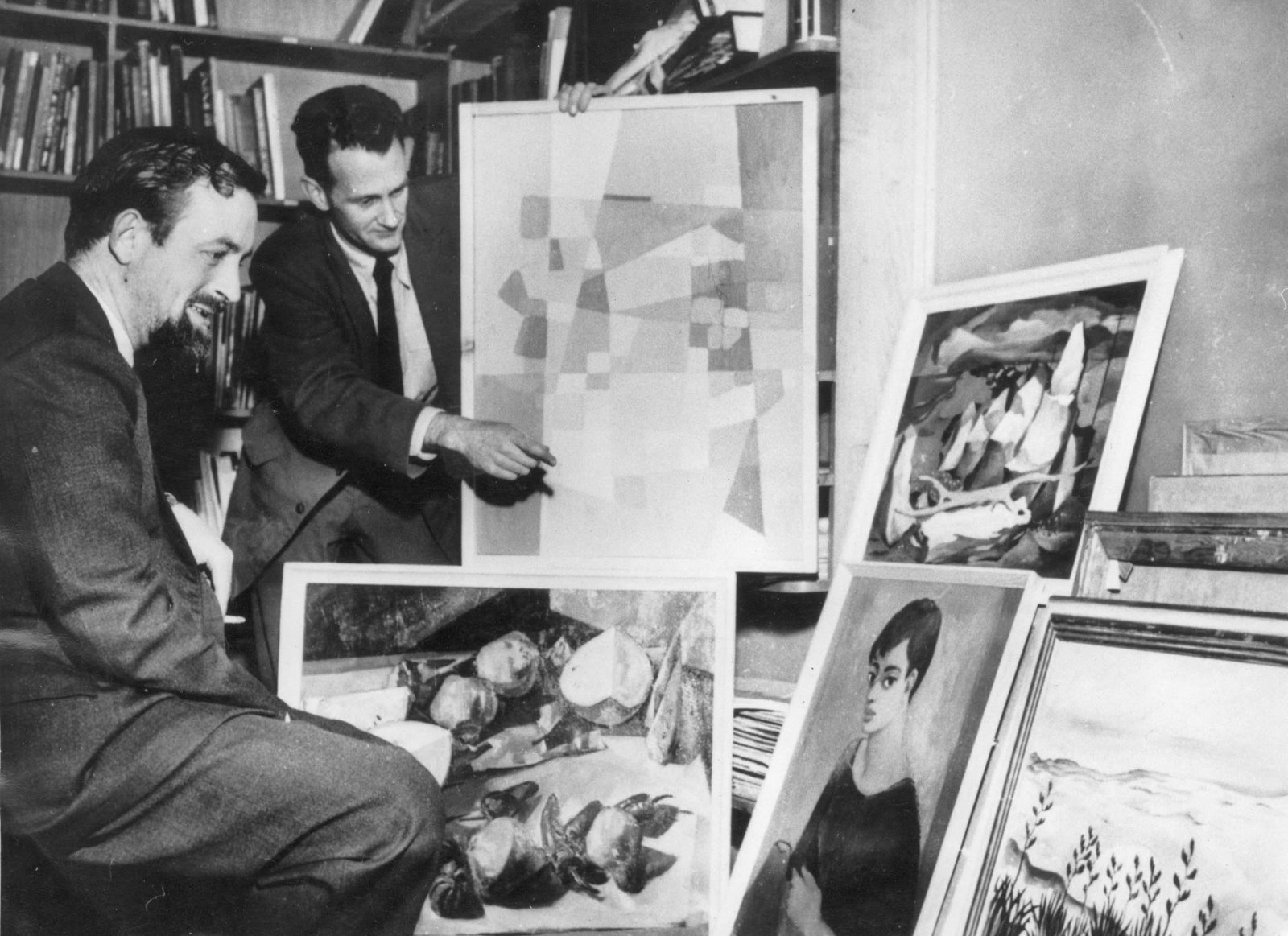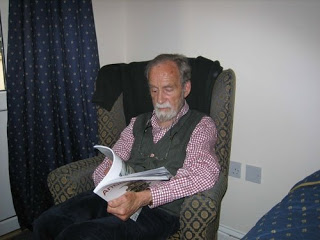Wednesday 26 March 2008
Mary Kisler

I heard this morning that Peter Tomory died yesterday. Peter was the second professional director at Auckland City Art Gallery between 1956 and 1965. He then taught at the University of Auckland and had several academic and gallery posts in America before finishing his teaching career as Emeritus Professor of Art History at La Trobe University in Melbourne. During this time he built up a very fine print collection, which he used for teaching purposes - lucky students to get invited home on a Friday for a glass of wine, and be able to run your fingers over prints! Although you can't do that with an exhibition print, Peter believed firmly that you needed tofeel a print in order to really understand how it had been made. Our director, Chris Saines, was one of those lucky people.
When I first started work at the Gallery ten years ago, I learned very quickly just how much I owed to Peter Tomory. Not only was he the first person to introduce systematic research into our international historic collection, but he also made his name internationally when he discovered what were to become our remarkable Henri Fuseli watercolour collection in a private home in Dunedin. At the same time he did much to promote New Zealand artists while he was here. Colin McCahon was working at the Gallery at the time, and they had a great regard for one another, even if sometimes Colin felt that Peter's natural attraction for international historic art meant that that part of the collection received more of his attention.
It was only after I met Peter for the first time in 2004 that I started to become curious about him as a person rather than simply as an important part of the Gallery's past. He asked me down to Dorset, where he had a tiny flat above the Conservative Club. By this stage we were in the process of acquiring his collection, so his flat looked rather empty. There in the street was this beautifully dressed man in a pinstripe blue shirt and tie, back bent from osteoporosis but a beam on his face. Upstairs he had prepared a veritable feast, (indeed the salmon and fresh shrimps had been laid out under the summer sun for some time), and we sat down for what became a four hour conversation about his life, over several glasses of good NZ wine that I had purchased at his local Co-op.
Peter was a bit of a gypsy from early on in life. He was born in Hong Kong, and educated in India and Britain; doing some temporary teaching before the outbreak of the Second World War. Joining the Royal Navy, he served on convoy escort in the Atlantic and an Inshore Squadron in the Mediterranean, which sounded fairly hair-raising. In spite of many trials and tribulations he managed to keep fairly sanguine about the experience, and in a draft of his memoirs that now form part of his archive here at the Gallery, he demonstrates an infallible skill in tracking down gin in even the most remote parts of the Mediterranean.
Taking the opportunity offered to ex-servicemen and women to study at a tertiary level, he then trained as an art historian at the University of Edinburgh, and worked in three regional museums before taking up his position in Auckland. His decision to come here appalled the senior art historians he had met in Europe, until that is, he found the Fuselis. Those contacts were invaluable for the Gallery, however, as he wrote ceaselessly to them all asking advice.

I visited Peter again when he was in a home in Bovey Tracey in Dorset, at which time I gave him a copy of the article I had written about him in the Australian magazine, Art and Antiques. I was eager to get more information out of him about his relationship with Colin McCahon, but when he discovered that he and my husband had naval interests in common, I had to kiss goodbye to any juicy additions to my knowledge.
In recent years, Peter has experienced poor health, but when I spoke to his nurse in February she said he was happy in himself, so I am glad that he died without too much suffering. All our sympathies are extended to his sons Nick and David and their families, and I would also like to extend my personal sympathies to Christopher Mendez, who has been dealer and fast friend to Peter for many years, and Elizabeth Cross, another student fortunate to have shared Peter's love of European art.
Peter was nothing if not a character, but how lucky we were to have him, and he will be very sorely missed.